Mechanical, Electrical, and Plumbing system is the critical and fundamental part of a building; an efficient MEP system defines a building’s performance and sustainability.
Because of the technical and functional complexity and a high degree of interaction and technical interdependency between the MEP systems, integrated MEP design and installation approach is adopted by the architects and engineers. An integrated approach concludes the perfect layout and functioning of the complex system, avoids interface clashes, frequent design changes, installation errors, and spatial co-ordination between the interfaces. The holistic working approach of the MEP system brings different parts to interact and work collaboratively and effectively as a single system. Professional BIM MEP services help, but adhering to a few time-tested best practices will help the entire construction team in sailing.
MEP and its significance in construction
MEP System comprises of Mechanical, Electrical, and Plumbing disciplines Mechanical discipline plans for space heating, cooling, mechanical ventilation, and exhaustion of a building, studying the environmental factors. Electrical discipline designs power supply and distribution systems, telecommunication, information technology, lighting, security, and control systems of the building.
Collaboration between mechanical and electrical teams helps in designing and installing a safe and operating HVAC system. To install a plumbing system, engineers need to interact with the mechanical and electrical team, as high rise buildings use water booster pumps that run with electricity and the domestic hot water system function using the electric heater or a boiler.
The complex system like the HVAC system, fire protection, power supply, telecommunication, and plumbing should not be designed and installed in isolation; an integrated installation single out and rectify the interface and location conflict for a perfect layout.
MEP is an integral part of a building system a building’s performance, energy-saving, and ROI(Return on investment, broadly dependents, and impacted through its MEP system design and operation. So, it is imperative to strategize at the outset and implement best MEP practices for an energy-efficient building and optimize cost and effort to attain a competitive edge.
Best practices to optimize the cost and efforts
A resourceful MEP design and layout decisions are required to reduce the installation cost and maintain and enhance their performance.
Lighting
Indoor lighting consumes almost 11 percent of the total energy consumption in the US. The application of automation techniques in lighting can bring down excessive use and wastage of lighting.
Day- lighting design of the building and use of light pipes, fiber optics, tracking daylight apertures, and other advanced daylight design techniques can absorb natural daylight and save energy. Also use sensors, energy-saving bulbs, and fixtures to save electricity, these light saving techniques bring down energy consumption by 20 to 60 percent.
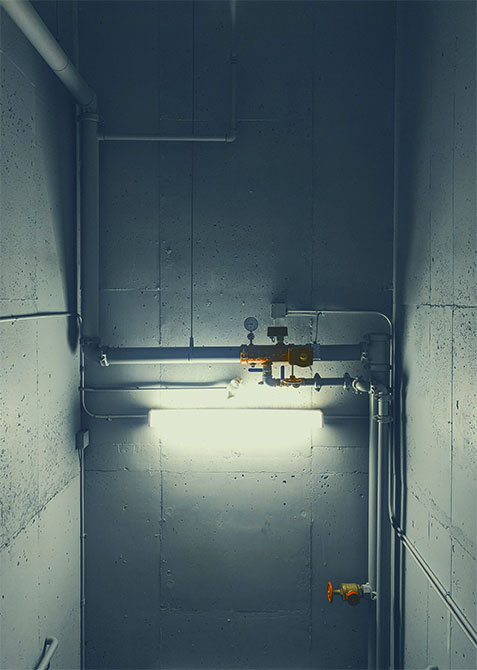
Reduction in piping size
A building structure uses piping for the flow of drinking water, waste, natural gas, and fire protection. The HVAC system uses hydraulic piping; the system uses water to generate and extract heat from indoors. Reduce the piping length with proper placement of equipment and mechanical rooms. An optimized layout will also reduce the piping size of the automated sprinkler system.
Also, reduce the piping and pump size by selecting a temperature differential in piping design. For example, a 16-degree differential instead of a 10-degree differential will help in reducing the pump size that will significantly reduce the incurred cost.
Layout optimization of air duct
The ductwork is used by the HVAC system to deliver and remove air that occupies the space above the ceiling. Longer air ducts cause pumping and ventilation loss, increase the fan power and electricity bill.
Thus, an optimized layout of the air duct system reduces the cost of electricity bills and also keeps a check on noise and vibration issues.
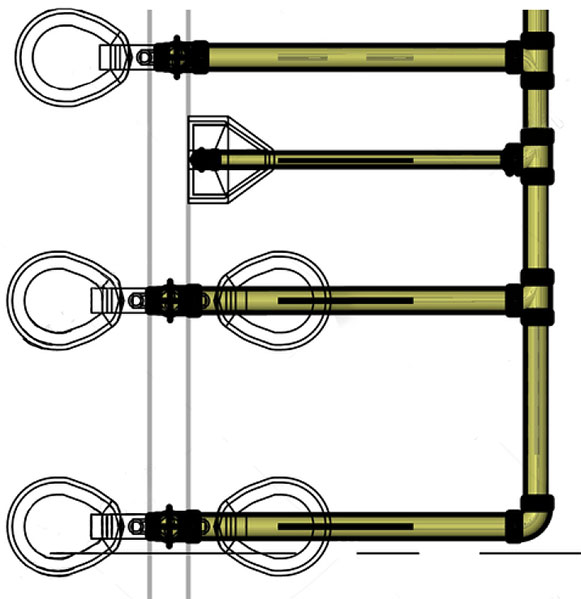
Reduction in ventilation rates and use of natural ventilation
All buildings don’t require frequent air changes for all seasons; so, it is a thoughtful decision to reduce the outdoor air, scale down the air handling units, chiller, boiler, ductwork, and transformer size to minimize the electricity consumption.
Design Natural ventilation for buildings with a low average humidity climate to conserve energy.
Configure an optimized parking garage
By precisely planning an MEP system within the parking garage, we can reduce the construction cost and optimize the square footage.
The main aim while building a garage is to reduce the excavation depth and floor heights that further impact the ductwork system, electrical system, and piping.
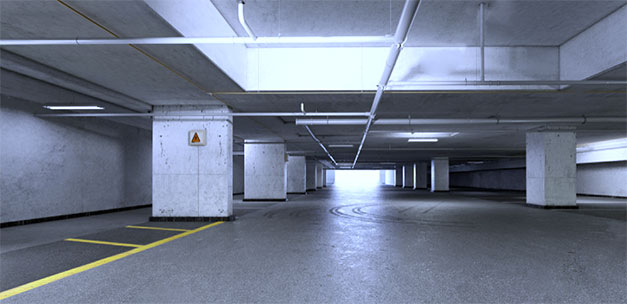
Use the design-assist approach to accurately estimate the MEP budget and for material selection. Consult contractors for a cost-effective design approach; for example, consult them to ask piping material to be used, i.e., copper or stainless steel piping, ask the cost difference between ducted ventilation and transfer fan, and suggestion on the one to use in the building. This cost and time saving approach saves time, enhances quality, and reduces frequent project changes.
Use CFD (computational fluid dynamics) to model the garage exhaust and fresh air supply the software can analyze and show how a transfer fan would perform better than the traditional ducted system. This approach reduces the congestion of garage ceiling space, reduces energy consumption for the long-term, and saves costs.
Also, the use of parking stackers reduces excavation depth and less infrastructure, saves MEP costs on the HVAC system.
Role of MEP in promoting sustainability in building design
Sustainability or green building has become the bottom line of MEP design and services to reduce the harmful effects of construction on the environment and reinforce energy modeling for human comfort and use.
Here is the list of few MEP strategies that encourage sustainability.
Use of BIM and advanced technology for energy conservation – Leverage BIM to create a detailed 3D model and get an insight and bring green improvements for sustainable design, like, identifying HVAC inefficiencies, energy consumption units, and carbon emission by solar, wind, and geothermal systems, etc. and suggest measures.
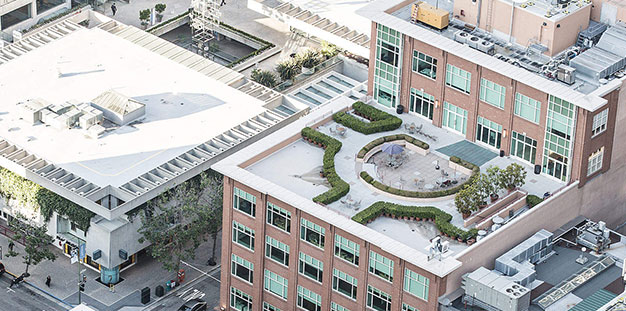
Also, explore other energy alternatives like sufficient daylight for solar panels, the correct amount of wind for wind turbines, natural light-harvesting, etc.
Reduction in energy consumption by the HVAC and lighting system-
The HVAC and lighting system of a commercial building consumes approximately 32 percent to 25 percent of total energy. Scale down the energy consumption by complying with building codes for energy efficiency, use of AI (artificial intelligence) in the HVAC system, eco-friendly and moving sensors for lighting fixtures and bulbs, and use of IOT (Internet of things) to maintain indoor temperature as some of the measures.
Sustainable and green house efficient water management system-
Some of the water management strategies are the Rainwater harvesting system, greywater system, solar hot water system. Use low-flow fixtures as faucets(can save 40 percent of water consumed by a normal faucet), low –flow toilets(can save 2.2 gallons of water per flush), and AAA-rated showers to reduce water consumption.
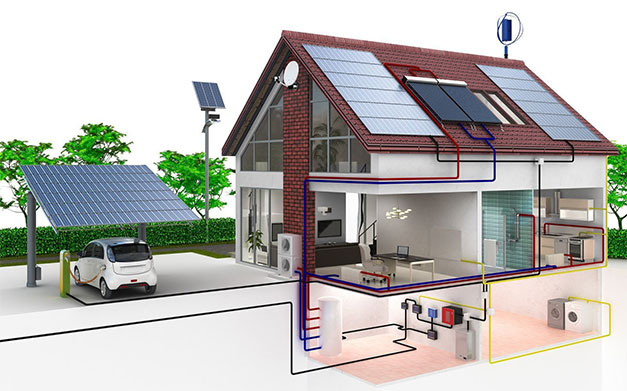
Likewise, the use of a green-house efficient hot water system minimizes green-house emission by 80 percent.
Moreover, practice other sustainable building strategies like site selection to take advantage of nature like wind, climate to optimize the MEP system. Equipment and material selection, reduction in waste are some additional sustainable measures.
Partner with eLogicTech for a 360 degree BIM MEP support
MEP system costs approximately, one-third of the total construction cost of a project, and this cost may vary with the type of project. The MEP cost may shoot up for a school, office, hospital, and hotel project with an extreme amount of site work and temperate climate.
Adapt these MEP best practices that our BIM services team at eLogicTech has been implementing for years and our clients have been benefited immensely. If you have any further queries, please write to us and we will be happy to guide you on how to reduce capital cost, save energy, minimize operation and maintenance cost on your next construction project.







